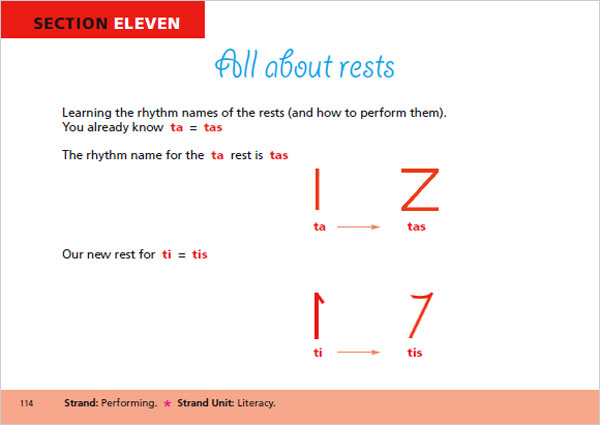Workbook No 3


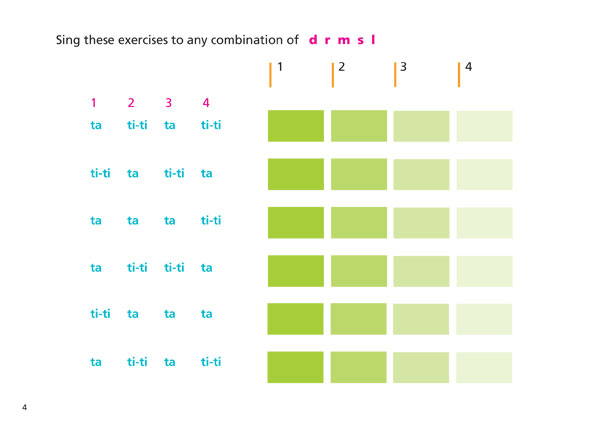







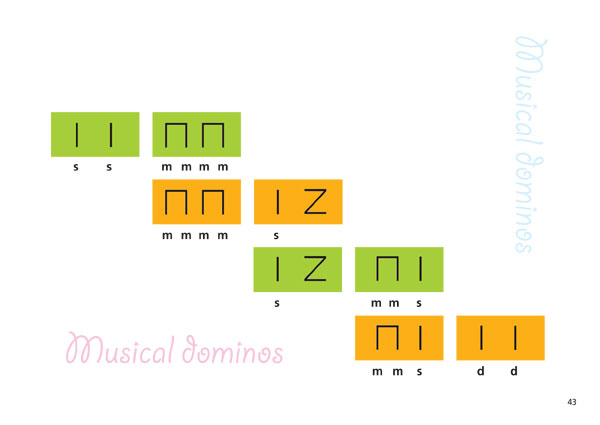






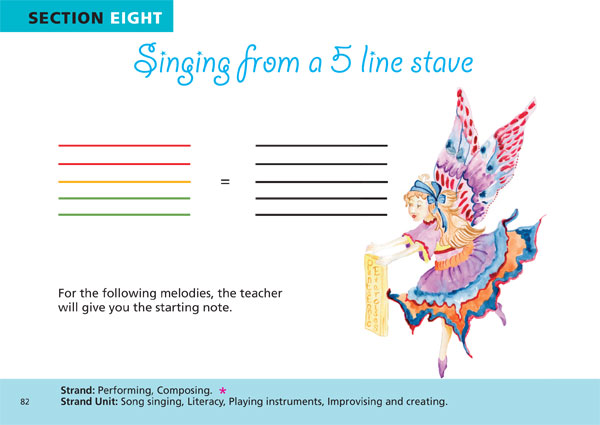














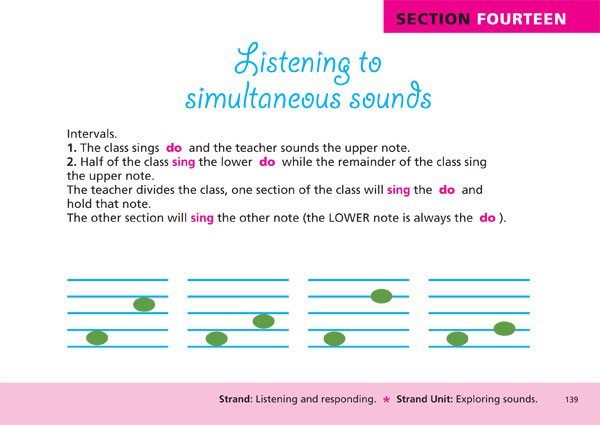



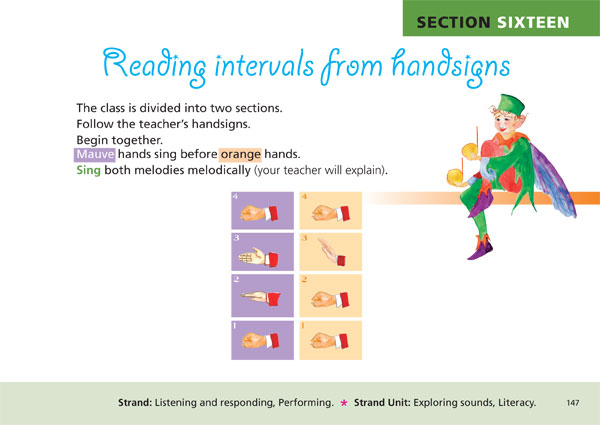


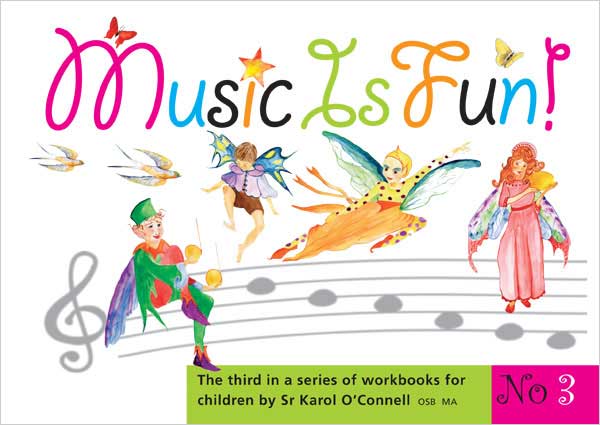
Look inside to see some sample pages from each section
€6.95
This workbook for 2nd class, No 3 in the series, is designed to provide a clear introduction to many musical concepts such as:
Pulse/steady beat; Three new rhythms;
Pitch – learning the high do’ plus the low la, and the low so,
Concepts of solfa;
Handsigns;
Composition;
Reading and writing on a stave;
Inner hearing; and
Partner work.
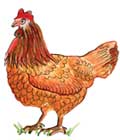 It is a direct continuation of Workbook No 2.
It is a direct continuation of Workbook No 2.
Enjoy working with it!
Sr Karol O’Connell OSB MA
Kylemore Abbey
Using Workbook No 3
Section one deals with very simple rhythms, composition, with an emphases on solo performing. This is a big step forward for the child and pages 3, 4 and 5 must be done slowly and with care.
Ta ti ti ta ta using the notes d m s l can be sung in a variety of ways
d m m s l
d s s m l
d m m l s etc
It is important to take time to do these exercises slowly. Remember it is the first time that the children have to sing aloud on their own. For them to sing solo in front of the other children is a big step forward and should be appreciated as such.
Hold the book in place on the desk with the right hand. Walk with index and middle fingers of the left hand across the top of the page counting or saying the rhythm as your fingers walk the pulse . Only when these two tasks are complete should the child write the rhythm in stick notation.
This is the first time the child is presented with a 4 bar phrase. Do not be afraid to use words like ‘phrase’ and ‘balance’ with small children.
Seven pages of trains follow. The children write simple rhythms on the side on each carriage. The more artistic child can draw little people inside each carriage if time permits. Make sure to tell the children to make the connection with the wheels, showing how many ta beats in each bar.
Section two concentrates on using percussion instruments. This section can be done in all sorts of ways. Teacher/ Class, partners or when the children are able, using both hands to tap the two rhythms on the desk.
The entire section may be used as a composing a melody exercise using the pentatonic scale.
Draw the children’s attention to the fact that they are working with an 8 bar phrase for the first time.
Every child loves playing Dominos! Teacher sings green boxes.
Class take the orange…. play the game. When the children have gone through the entire ten pages swap parts or divide the class in two and go through all the exercises again. The exercises may be done a third time with two children as partners.
As a prelude to this chapter I often write ![]() on the board and ask the children to repeat only the second bar, and then compose another two beats on to this. This may need to be done a few times until the children get into listening to the last two beats.
on the board and ask the children to repeat only the second bar, and then compose another two beats on to this. This may need to be done a few times until the children get into listening to the last two beats.
Use page 52 as an example in class (Please point out the misprint in the direction of the stems on the ta-a (minims) notes).
The next 9 pages are done by each child. It is necessary to demonstrate on the board at each class while using chapter 5.
The children should then be encouraged to work in pairs, performing each page for the rest of the class. This is a great listening exercise for the rest of the class and certainly helps the children to concentrate.
The children simply fill in the missing note heads. No need to worry about stems here. Singing the exercise is of the utmost importance. These exercises will improve the children’s sight reading ability. The progression is made from a three line stave to a five line stave without much ado. It should be a very natural progression for the children.
As a prelude to this section I often hand out between 5 and 8 counters with the same number of matchsticks to each child and ask them to add stems to the counters. Do this for a few classes so that by the time the children begin working on the books they will understand it and perform it correctly.
This section provides 18 written exercises. Encourage the children to work through these pages slowly and with great care.
This section is a direct continuation from the Inner Hearing section (Section Six) in Workbook Two. However it presumes that the student has covered the two previous workbooks. It is a good idea to do some of the exercises on Inner Hearing from Workbook 2 as an introduction.
When each exercise is written out, the exercise may be used as sight reading. For teachers wanting to explore this workbook further, using the workbook in conjunction with a manuscript book and writing out the exercises from Page 104 to 113 is an excellent way to improve.
Here the teacher needs to draw the student’s attention to the fact that up until now we used the ta rest but now we are learning its proper name –tas. Also in this section the student learns the ti note (as opposed to ti ti ) and the tis rest. The exercises are short and will be developed further in subsequent workbooks.
This section should first be prepared with teacher and class singing both lines. Make sure the entire class is performing the exercises correctly before dividing the group into two. One group sings the first line while the other answers. Eventually the students are able to work in pairs and use the exercises as partner work.
Here are seven pages linking hand signs to notation. For each page sing from the hand signs before writing the notes on the stave. The choice of rhythm is entirely up to the teacher. Students should be encouraged to write their own one bar rhythms for each page, e.g. ti ti ti ti ti ti ta (Simply change the place of the ta beat).
Notice some hand signs above the text (page137) meaning ‘high’d or d’ , likewise some hand signs placed below the stave (page 136) meaning low la or l.
Listening to simultaneous sounds is a short but very important chapter. Follow the instructions on page 139. These are pages to return to again and again until the children can pitch the intervals after hearing the lower note. Aim for good intonation (singing in tune) and do not always sing these intervals in the same order.
















